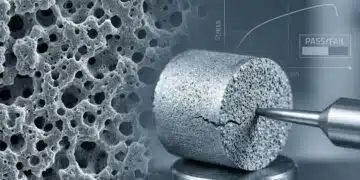Source: JDSupra news
Nippon Chemi-Con was recently sentenced to pay $60 million criminal fine for conspiracy to fix prices for electrolytic capacitors. Nippon Chemi-Con is the eighth company sentenced for participation in the price-fixing conspiracy.
Nippon Chemi-Con was sentenced to five years of probation during which it has to implement an effective compliance program and submit annual reports concerning its compliance efforts.
In May 2018, Nippon Chemi-Con plead guilty to conspiracy to price fix during the period of November 2001 to January 2014. In total, eight companies and ten individuals have been charged with criminal conspiracy, two of whom have plead guilty. The eight companies which have plead guilty have agreed to pay criminal fines collectively totaling $150 million.
Eight other individuals have criminal charges pending. Four of the eight individuals charged with price-fixing conspiracy are Nippon Chemi-Con executives.
Electrolytic capacitors are used to regulate electrical current in a number of electrical products, including computers, televisions, car engine and airbag systems, home appliance and office equipment.
The DOJ Antitrust Division investigation is continuing and more companies and individuals are expected to be charged.
Nippon Chemi-Con and its co-conspirators conducted meetings at which the companies agreed to fix prices for electrolytic capacitors and used electronic communications to further their illegal conspiracy.
Nippon Chemi-Con and other conspirators took steps to conceal the conspiracy, by using code names and providing misleading justifications for prices and bids in order to cover up their price agreements.
The plea agreement and sentencing was questioned by the district court judge because of concerns that a Justice Department attorney had formerly represented Nippon Chemi-Con before joining the Justice Department. The attorney was not a member of the trial team but assisted the investigation by processing an MLAT request at the Department of Justice filed with the Japanese government to interview witnesses from Nippon Chemi-Con. The Antitrust Division conceded that the attorney should have recused himself but claimed there was no prejudice to Nippon Chemi-Con.
The district judge accepted the guilty plea of Nippon Chemi-Con, rejected Nippon Chemi-Con’s motion to dismiss the indictment because of the conflict, and ultimately imposed the maximum punishment in the range agreed to by the Antitrust Division and Nippon Chemi-Con.































